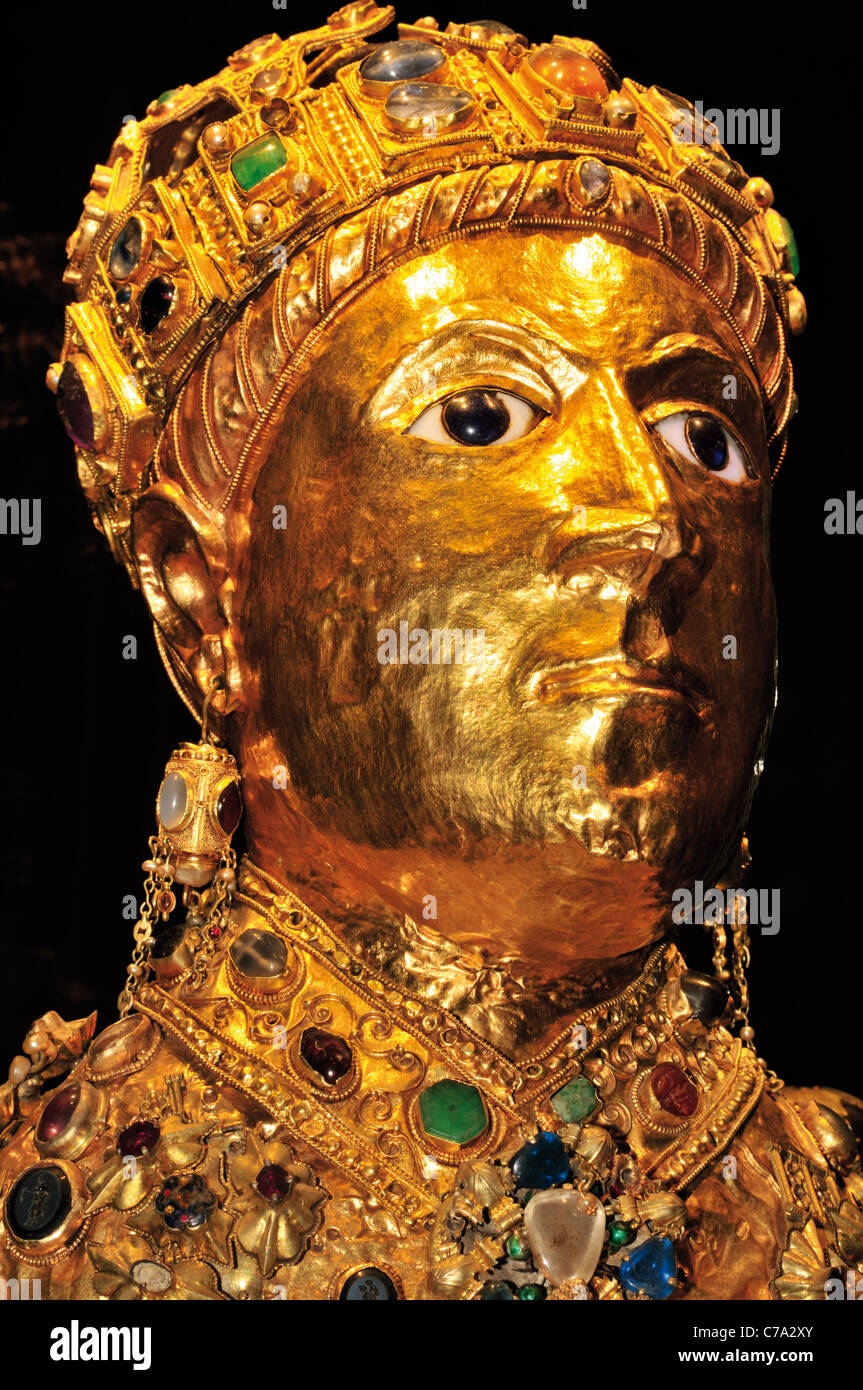

He adds, “for instance when an airplane passes such phenomenon how harmful it can be for the cockpit, for the instrumentation of the plane, for the crew and passengers. Knowing how these TGFs are generated can not only help us know more about our universe and how the atmosphere works when there is thunderstorm but can also help understand how many gamma rays are generated and how harmful they can be.” They have a very fine time resolution that can resolve the time structures of these bursts of gamma rays with very high definition.

The mission is not only geared towards detecting the bursts of gamma rays helping the scientific community to understand the cosmos but is poised to aid other sectors as well, helping in several other domains.įrancesco Arneodo Professor of Physics New York University Abu Dhabi - Center for Astro, Particle and Planetary Physics explains, “One advantage of its detectors is that they are very fast. Mission geared towards assisting other domains, like aviation among others But this is greatly dependent on the activities that will take place onboard the ISS, the logistics and so on.” This will happen through a deployment module during Q1 of 2022. So, the launch has been coordinated with the Japanese Space agency (JAXA). Light-1's name was inspired by His Majesty King Hamad bin Isa Al Khalifa, King of Bahrain’s book, The First Light.Įng Abdullah Al Marar, Head of the Space Projects at the UAE Space Agency, UAE said, “The satellite will be deployed from a module called the Japanese Experiment Module (KIBO). It is also a cube satellite that consists of three units and is often referred to as a 3U CubeSat. Light-1 is a nanosatellite, but it is no different from other larger satellites in its technical expertise required to build or launch it. Capacity-building is a vital part of our efforts to stimulate our knowledge-driven economy and both universities have played a key role in empowering the next generation of talent.” I would also like to thank Khalifa University and the NYU Abu Dhabi for providing their world-class facilities to train the team who worked on this landmark scientific endeavour. She added, “It reflects our efforts to exchange knowledge and expertise to stimulate cutting-edge research, scientific discoveries, and human progress. The project was executed at Khalifa University and New York University Abu Dhabi, with its mission team consisting of 23 students.

The nanosatellite was built and designed in collaboration between the UAE Space Agency and Bahrain's National Space Science Agency (NSSA). Light-1 is a milestone for Emirati-Bahraini ties and a new chapter for our nation’s history in space.” Sarah bint Youssef Al Amiri, UAE Minister of State for Advanced Technology and Chairwoman of the UAE Space Agency, said, “I extend my congratulations to the teams who worked diligently together to design, develop, transport, and launch our nanosatellite alongside key mission partners. UAE: Mohamed bin Zayed, Bahrain Crown Prince discuss ties.Emirates to celebrate Bahrain's Golden Jubilee with special one-off A380 service.Live: UAE-Bahraini nanosatellite Light-1 launched on SpaceX rocket.It will then start the region’s first scientific mission to monitor and study terrestrial gamma-ray flashes (TGFs) from lightning storms and cumulus clouds. The next milestone will be the relaunch into the orbit around the Earth in the first quarter (Q1) of 2022. Light-1 blasted off onboard a SpaceX CRS-24 flight on a Falcon 9 rocket after undergoing rigorous safety and environmental tests for thermal, vibration and communication systems. It was launched to the ISS from the Kennedy Space Center in Florida in the United States at 14:06 UAE time today.


 0 kommentar(er)
0 kommentar(er)
